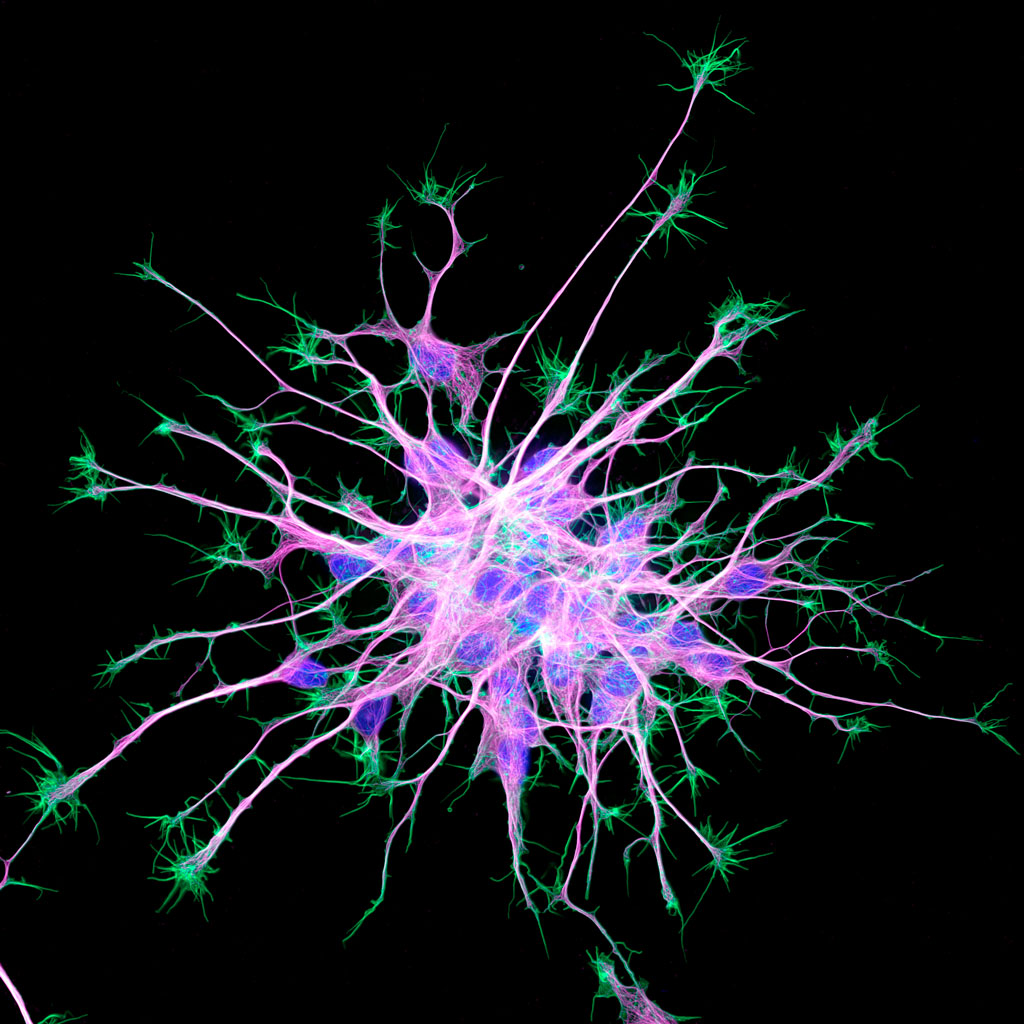Become A Defender of Life
Your donation helps us continue to provide world-class research in defense of life.
DONATECharlotte Lozier Institute
Phone: 202-223-8073
Fax: 571-312-0544
2776 S. Arlington Mill Dr.
#803
Arlington, VA 22206
Pluripotent Cells

Every cell in a person’s body has virtually the same sequence of DNA, but each type of cell uses different parts of the DNA’s genetic instructions. The zygote is totipotent – meaning that this single cell has the ability to become any of the over 200 different types of cells in the human body. The early embryo’s cells divide rapidly, each time doubling the number of total cells. While some references suggest that at the 2-cell and perhaps at the 4-cell stage, each cell could become any cell of the developing embryo, more recent scientific evidence indicates that as early as the 2-cell stage there are differences between each of cells in the early embryo.1 These cells, called early blastomeres, are pluripotent, meaning they are capable of differentiating into many highly specialized cells.
In 2006, Shinya Yamanaka and his colleagues discovered a way to reprogram adult cells into embryonic stem cells.2 These induced pluripotent stem cells (iPSCs) have the distinct benefit of being genetically identical to the person who needs to receive the therapy. Successful stem cell research focuses on induced pluripotent stem cells instead of embryonic stem cells.3









